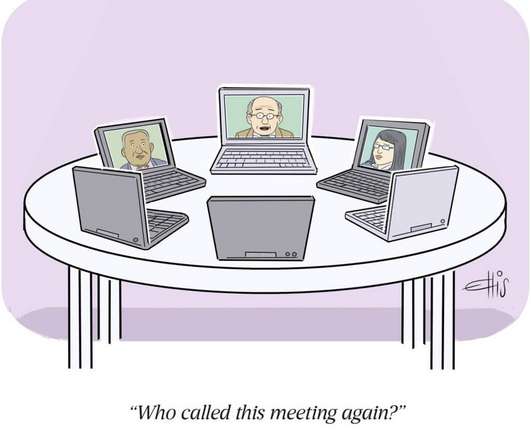Turning Reverse Engineering of Business Goals into Strategies
Tullio Siragusa
AUGUST 8, 2022
In business it can be a creative process on how to bring about new change, and innovation. Tech Backstage interviewed Jason Jepson to learn more about reverse engineering. We talk about reverse-engineering outcomes into strategy, building and positioning for technology, and the ins and outs of storytelling.





















Let's personalize your content